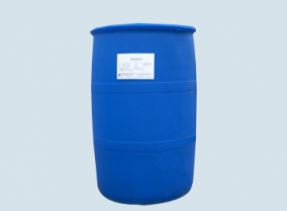The surfactant can form hydrophobic groups on the surface of the fiber to adsorb outwards, reduce the dynamic and static friction factors of the fiber material, so as to obtain a smooth and soft feel. Generally, surfactant and oil are always used together. Surfactant can effectively reduce the static friction coefficient of fiber material, while oil can reduce the dynamic friction coefficient of fiber material.
Nonionic surfactants have excellent detergency, even strong detergency at low concentration, little foam, easy to make liquid detergent, no dissolution when dissolved in water, not sensitive to hard water and electrolytes, critical micelle concentration is very low, and have good solubilizing ability; emulsifying, dispersing, wetting and anti redeposition are also excellent. High performance, acid and alkali resistant, easy to biodegradation. Therefore, it is widely used in the preparation of various detergents, and its variety and dosage are increasing year by year.

Some surfactants also have a certain degree of corrosion inhibition performance, which is better than using a single inhibitor component. Generally, the surfactant added in the inhibitor formula is anionic C10 ~ C18 alkyl or alkylbenzene sulfonate or alkyl sulfate, or non-ionic surfactant of polyoxyethylene ether of higher alcohols and phenols.
The effect of soft lubrication can be expressed by the difference between static friction coefficient and dynamic friction coefficient. The smaller the difference, the stronger the soft lubrication effect. Different types of softeners are suitable for different types of fiber surface.
The dilute solution of surfactant obeys the law of ideal solution. Surfactant in solution.
The adsorption capacity of the surface increases with the increase of the solution concentration. When the concentration reaches or exceeds a certain value, the adsorption capacity will not increase any more. These excessive surfactant molecules are disordered in the solution or exist in a regular way. Both practice and theory show that they form a connective body in solution, which is called micelle.
Surfactant molecules are amphiphilic, which are oil and water friendly. Water is a strong polar liquid. When surfactant is dissolved in water, according to the principle of polarity similarity phase introduction and polarity difference phase exclusion, its hydrophilic base and water phase introduction are dissolved in water, and its hydrophilic base and water repel each other and leave water. As a result, surfactant molecules (or ions) are adsorbed on the two-phase interface, reducing the interfacial tension between the two phases. The more surfactant molecules (or ions) adsorb on the interface, the greater the decrease of the interfacial tension.